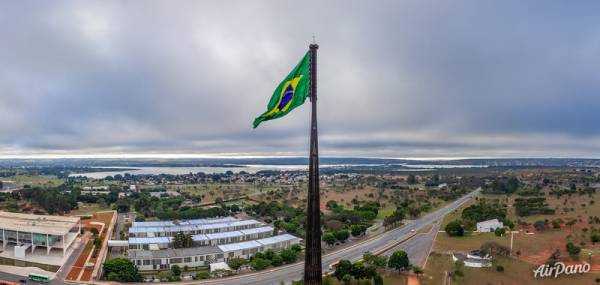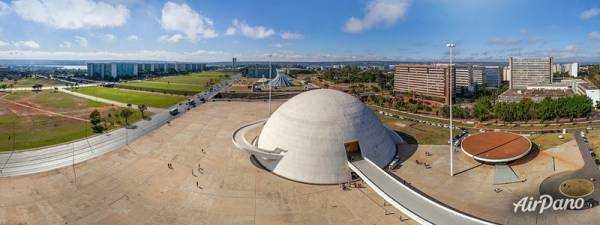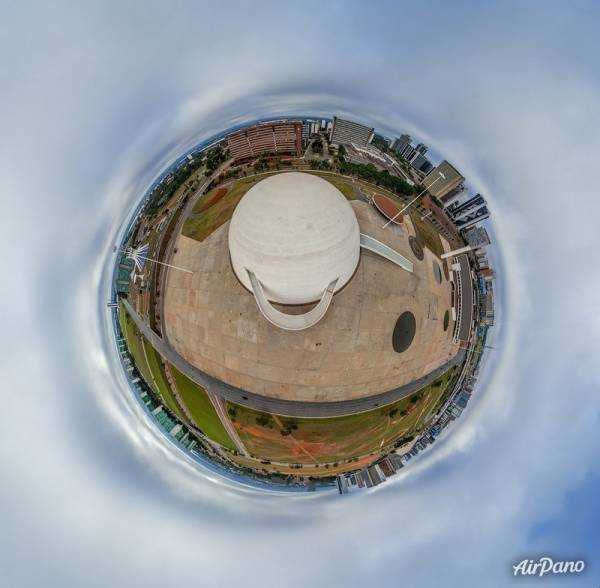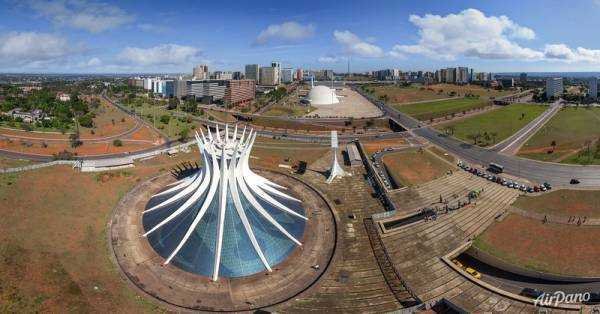The capital of Brazil is one of the youngest in the world: it was built in 1960. But despite its “young” age, the city has an interesting history and magnificent architecture.

The name was invented 200 years ago: soon after the country gained independence, politicians proposed calling the future capital “Brasília” – the same name as the country was listed on maps at the time. By 1891, a new Constitution had been drafted, which specifically stipulated that land on the Brazilian Highlands should be allocated for the new settlement.

The move of the capital from Rio de Janeiro to a distance of thousands of kilometers from the coast was explained by the need to develop the vast interior of the country. However, nothing was done in the following decades, and it was not until 1955 that the implementation of this ambitious plan began.

The urban development project was developed by the architect Lucio Costa, who based his work on the ideas of Le Corbusier, the founder of the modernist style. The famous Brazilian architect Oscar Niemeyer also worked on the design of the buildings. As a result, a futuristic city with an unusual layout appeared on the world map.

From above, the metropolis resembles an airplane in its outline. Its “cockpit” houses the parliament, the prosecutor’s office, and other federal institutions, while the “tail” houses the city’s municipal organizations, the central part is reserved for hotels, shops, and banks, and the residential areas have the wings.

Initially, about 140 thousand people moved to Brasilia – diplomats and officials. It was planned that the city would become home to half a million residents and would not grow further, but it reached this figure already in 1970 and continued to attract new citizens: the idea of living in a capital with developed infrastructure and a large number of jobs appealed to many people. However, ultra-modern apartments turned out to be too expensive for them. As a result, only 400 thousand people live in the metropolis itself out of almost three million total residents of the capital inhabiting the suburbs.

In 1987, Brasilia was included in the UNESCO World Heritage List: such architecture cannot be found anywhere in the world. For example, the Cathedral of the Virgin Mary designed by Niemeyer is underground, and only 16 curved columns protrude above the surface, symbolizing hands raised to the sky. Another creation of the great architect is the Palace of Justice, surrounded by an artificial reservoir. Its main façade is made of glass, along which multi-level water cascades flow. The Palace of the National Congress is a parallelepiped with two hemispheres: a dome and a bowl, symbolizing the bicameral parliament. The 1,200-meter JK Bridge (named after the founder of the city and the president of the country, Juscelino Kubitschek), hovering over the artificial Lake Paranoa, was recognized as the “Best Steel Structure in the World” immediately after its construction.

The 224-metre TV tower, once the highest in the country, has an observation deck that allows you to admire the city from above. And the new AirPano panoramas offer an even more breathtaking and detailed view.

Photo: Dmitry Moiseenko, Stanislav Sedov
Source: travel.ru
